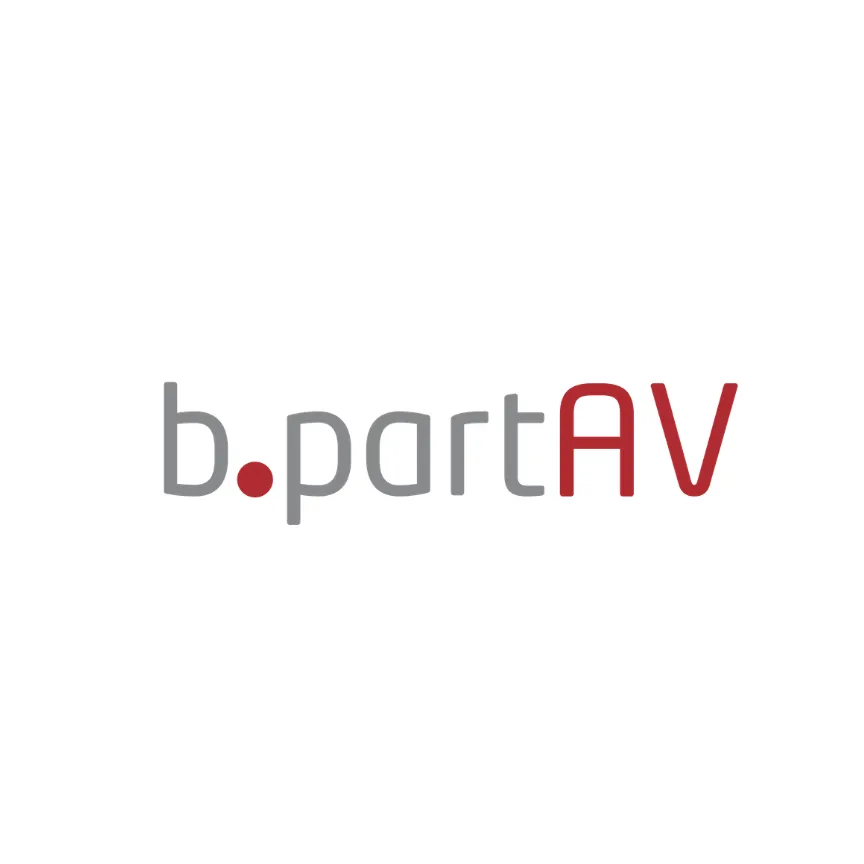Biamp is seeking an experienced Backend Developer to contribute to their cloud application focused on calendar synchronization and AV device management, and to build scalable, reliable backend services using modern technologies.
Requirements
- 10+ years of backend development experience with distributed systems and microservices architecture
- Many years of experience with Go language, including patterns and best practices for microservices
- Experience with GraphQL API design, implementation, and optimization
- Expertise with SQL with time-series data management
- Hands-on experience with NATS or similar pub/sub messaging systems (Apache Kafka, RabbitMQ)
- Understanding of RBAC systems, with fine-grained access control systems
- Experience with Azure cloud services and containerized deployments
Responsibilities
- Design and develop GraphQL APIs and backend services that support calendar synchronization and AV device management for our professional audiovisual solutions
- Build and maintain microservices using event-driven architecture with NATS pub/sub messaging to enable reliable communication between distributed system components
- Implement calendar integration services for Google Calendar, Outlook, and other platforms with robust webhook receivers and real-time synchronization capabilities
- Develop job management systems for scheduling and executing asynchronous tasks that support our workplace technology solutions
- Implement authorization systems
- Build event-driven systems using NATS for reliable inter-service communication and ensure services are designed for high availability and scalability
- Implement comprehensive monitoring using OpenTelemetry for metrics, logging, and distributed tracing with Grafana dashboards for performance monitoring
Other
- Bachelor's degree in Computer Science, Engineering, or equivalent experience
- Strong problem-solving skills and experience with complex integrations
- Proven collaboration & communication skills in cross-disciplinary teams
- Understanding of security best practices, especially in authentication and authorization systems
- Minimal travel (< 5 %)
